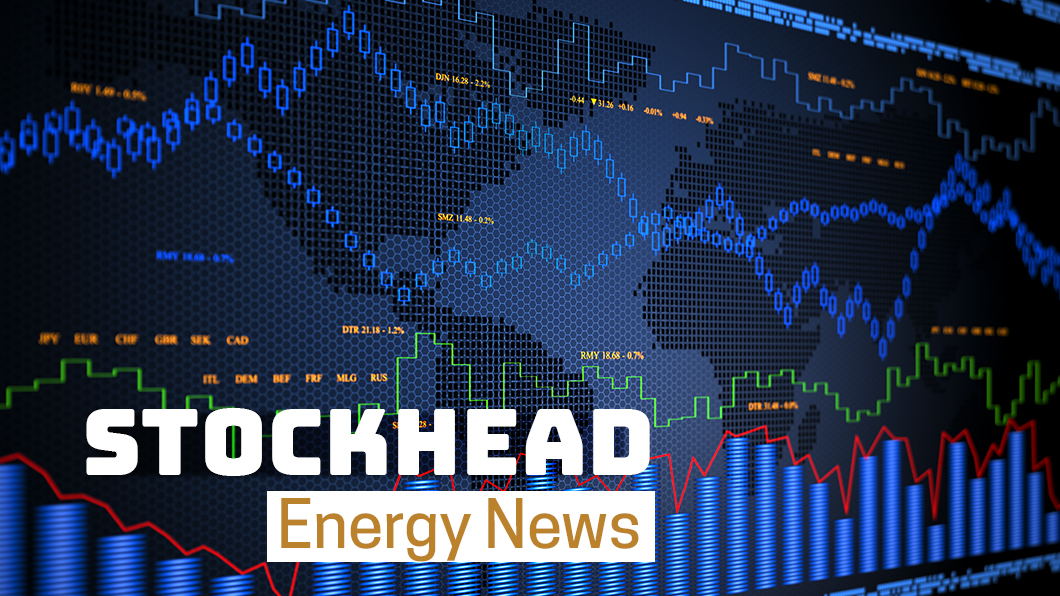WoodMac: Can Australia hold its prime position for the global hydrogen export trade?

Pic: Vertigo3d / E+ via Getty Images
Electrification is at the centre of the evolving energy mix and major energy exporters hold the key to secure future revenues by developing low-carbon hydrogen supply.
But while many countries around the world are hoping to benefit from developing export-oriented hydrogen mega-projects, such as Russia, Canada, Australia and the Middle East, Wood Mackenzie hydrogen consulting global head Noel Tomnay said a whole bunch of new kids could come on the block.
In WoodMac’s latest webinar titled Horizons Live: The blue-green planet, Tomnay argued that countries such as Chile, Morocco, and Namibia are not only politically stable but are blessed for solar radiance and renewable energy.
“Morocco could send hydrogen to Europe through pipes and Chile has great potential catered from the Pacific,” he said.
“While we see many projects being proposed for export from Australia, not everyone is going to go there.”
Anyone who has followed Australia knows what happened in the LNG industry, Tomnay said.
“Costs rocketed, the resource didn’t quite deliver, there were a lot of land disputes, and offtakers ended up being disappointed and found they were buying at the peak of the market.
“Labour costs went up and projects were hugely delayed – so all the risks, all the ingredients of the past could potentially still be there, and offtakers will be aware of that.”
The new kids
According to the European Council on Foreign Relations, North African countries such as Morocco could “help Europe meet its carbon emissions targets and strengthen its position in the face of fierce competition from China for economic and political influence.”
The European Green Deal is the European Union’s roadmap to achieving climate neutrality by 2050 with goals including cutting carbons emissions, making industry and transport sustainable, using green technology to boost the European economy, and decoupling economic growth from resource use.
Another important goal is to strengthen the EU’s global leadership.
“One of the ways it seeks to do this is by establishing environment, energy, and climate partnerships with the states of the EU’s southern neighbourhood,” the European Council on Foreign Relations says.
In that region, Morocco is one country that has historically had one of the closest relations with EU member states and is seeking investment in renewable energy.
Meanwhile, S&P Global Market Intelligence has flagged Chile’s aims to “become a titan in the burgeoning green hydrogen economy”.
Although the country has not been a significant player in global energy markets in the past, S&P says companies are looking to Chile’s rich renewable energy resources to make breakthroughs and to take advantage of potential government subsidies.
Experience in complex projects may be key
All this aside, Australia is considered in the top echelons for solar radiance and green potential due to its diverse set of natural resources, sheer physical scale, solar and wind resources, and potential for large scale carbon capture projects.
And while it could be anyone’s game, Wood Mackenzie markets and transitions research director Prakash Sharma flagged it as being in prime position for hydrogen exports.
Nearly 60% of proposed export projects have been proposed for the Middle East and Australia, targeting markets in Europe and Northeast Asia.
“Australia comes to mind for a couple of diff reasons,” Sharma said.
“One is the current project pipeline, nearly one-third of that is coming from Australia.
“It has the ability to handle complex projects – whether it’s coal steamed gas to LNG or an automated mining project, Australia has the ability to build large scale projects.
“And in terms of its contribution to reduce the cost of hydrogen production, Australia has a grid which can absorb nearly 30-40% of renewable energy so they understand how to balance the renewable integration – that is a key component which is needed to stabilise green hydrogen production.”
He said Australia and its proximity to regions such as Northeast Asia would be of critical importance moving forward but then again, the census is not guaranteed.
“Australia has to live up to and demonstrate and bring those projects to the commercial stage,” he said.
Major obstacles to growth and trade
And yet the answer may still be determined by the country best suited to manage the supply chain risk.
Hydrogen is not an easy energy form in terms of mid-stream infrastructure or in terms of transportation and storage due to its low volumetric energy density.
The supply chain and infrastructure needed to support its growth must first overcome these challenges to establish a truly global trade, Wood Mackenzie says.
In terms of challenges, Tomnay said the biggest is dealing with its volume at normal temperature, and pressure.
He said the analogy is with the LNG market, “where you take hydrogen and liquify it to -253 degrees in the same way the industry has been doing to natural gas at -163 degrees.”
Liquifying hydrogen would reduce its volume, allowing it to be transported in ships with reconversion on delivery.
“But then you have to liquify it, you have to gassify it, and that’s expensive and these ships too are expensive.
“The cost of natural gas is small compared to the transportation costs of getting that LNG to market and this will be the same for hydrogen.”
Tomnay said the easiest thing to do is to start transporting hydrogen locally to clusters and thereafter, using the existing pipeline infrastructure.
“Compressing it and putting it through repurposed existing pipes is an opportunity – but it’s not without its challenges,” he said.
“The challenges however seem pretty straightforward compared to the challenges of linking remote suppliers with markets and seaborne trade.”
Related Topics

UNLOCK INSIGHTS
Discover the untold stories of emerging ASX stocks.
Daily news and expert analysis, it's free to subscribe.
By proceeding, you confirm you understand that we handle personal information in accordance with our Privacy Policy.








